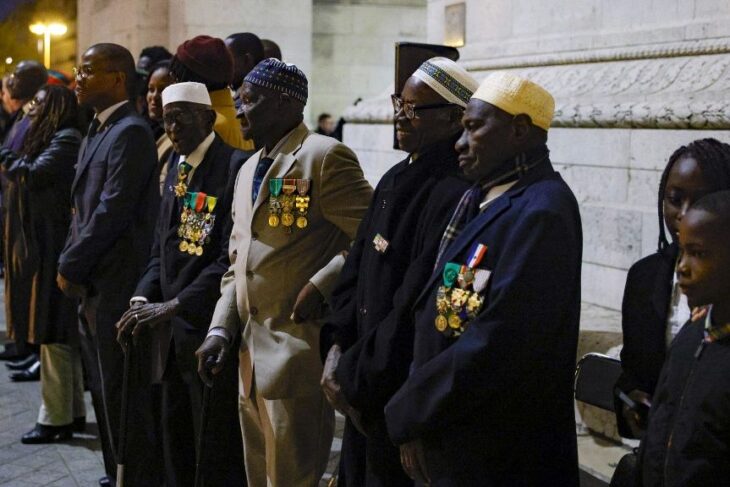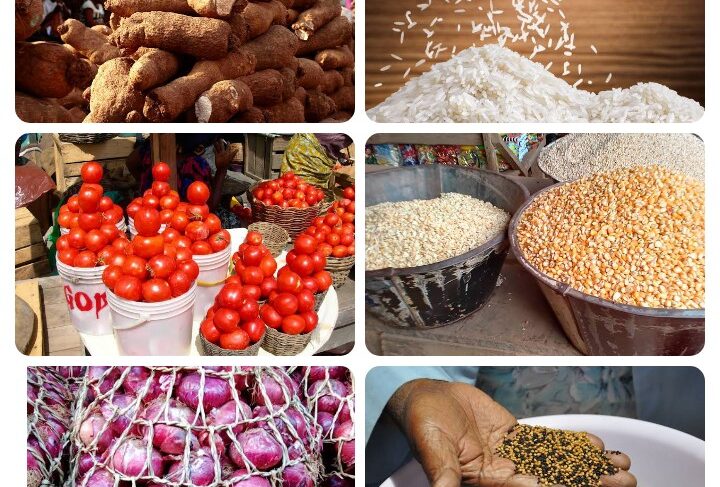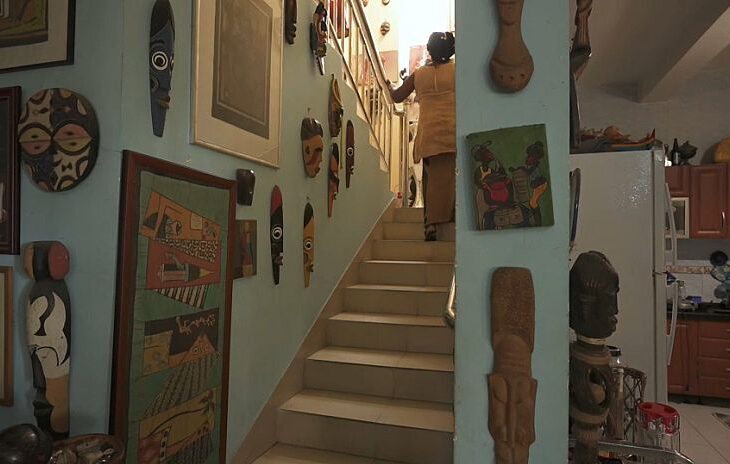
Some cultures believe that facial stripes (tribal marks) serves as a distinctive feature between tribes or ethnic groups. However, over time, it has come to symbolize beauty; this is the case with the Xhosa in South Africa and the Maasai in Kenya. Stripes on the face are not seen as violent but a sign of beauty. There are also many other tribes of sub-Saharan Africa with the same practices. These includes Nuba women who colour their faces. Ladies decorate their face with art using different materials, such as calamine lotion and a matchstick. Face-painting and body decoration serve an important aesthetic function. Women who are considered as most beautiful receive some form of social recognition, for example, they receive romantic attention. Face decorations also serve as social markers. They are used to distinguish boys from elders, women from men and members of the tribe from other tribes.

Africans have different physical expressions of beauty. In Mozambique, Makonde people perform facial cutting for beauty. Tribal marks of the Yoruba people from Nigeria, Benin and Togo are scarification. Barega people in DRC perform both facial cutting and scarification for both beauty and status; the Maasai of Kenya do ear piercing for beauty; the Koi Koi of South Africa remove teeth for beauty. Similarly, Wanyabungu from DRC trim teeth for beauty. These marks serve multiple purposes, including tribal identification of a person’s family, community or patrilineal heritage and beautification.

Internal Beauty is esteemed than external beauty by Africans. Internal beauty means love, care, compassion, respect, wisdom, faithfulness and truthfulness and non-violence. It is the sum of human cherished values that contribute to peace, harmony, wellbeing, security and development in the society. Therefore, it is not the appearance that counts so much, but the personality. A young person is not beautiful unless he/she displays some noble characteristics and this truth applies to both males and females. A young man who acts violently or prefers violence to peace, lacks internal beauty. Non-violence is a an internal value which is expressed through a way of life committed to justice, peace, common good, solidarity, compassion (ubuntu and ujamaa – community).
A young man’s beauty is to protect his personal internal dignity and that of others by showing love, care and being nice to people. Such a young man in a community is treasured and most families would express interest in their daughters being married to a man like that. Although in some African cultures violent men are seen to be treasured, but that consideration has its limits in the application – for example, a violent young man is valued when there is need to fight a battle for the family or tribe. Such an attribute is meaningless for arranging a marriage either for the boy himself or for a girl with the boy. A young man’s beauty is to show love. Not loving is hating and hating is a sort of inner murder.
Like a young man, a young woman’s personality and behaviour is mostly desired if, she is found to be similar to those of a mother who conducts herself in a worthy manner and has demonstrated herself to be noble. A woman who meets these special qualities such as kindness, politeness, submission, respect, compassion, who is teachable and cares for others, is the kind of a beautiful and desirable person that meets the African definition and standard of beauty. Judging a woman based on this standard could save a person from running into trouble, but any judgment that goes against these guidelines could result in disappointment. The secret behind this African wisdom is that, some ill-disciplined character hides beneath artificial beauty. Since the opposite of beauty is ugly – no-one wants to face a woman who is like a sleeping volcano that has the potential to unleash the beast when you accidentally step on her toes.

Africans valued and still do value marriage. The understanding here is that the beautiful woman is a kind of a woman who seeks to be beautiful in the eyes of men and whose chief goal in life is to be in marriage someday. This woman will seek to fulfil man’s sexual desire, to assure that he may not go outside the marriage bond and enjoy extramarital relationships. It is on the basis of this conviction that some marriages were and still are arranged by parents on behalf of their children. This is to ensure that the African traditional values are preserved, while maintaining a strong family bond and peace among members of the family. Hence, in an African context, the beauty of a woman may be defined as good inherited traits and habits that earn her a good reputation in public and is both internally beautiful and externally attractive.
In the African concept of beauty, a person is truly beautiful when he or she has what it takes to meet the above criteria. Though Africans value both internal and external beauty, the internal beauty takes precedence over the external one. This understanding of beauty may be different from other definitions of beauty. Once different meanings join together, there is often a culture shock, which may result in loss of meaning of the traditional meaning and the adoption of an alien model of beauty. In this case, such search for beauty would no longer be an African traditional understanding of beauty. In spite of this, traditional values will always have a place, therefore they will never lose relevance.













